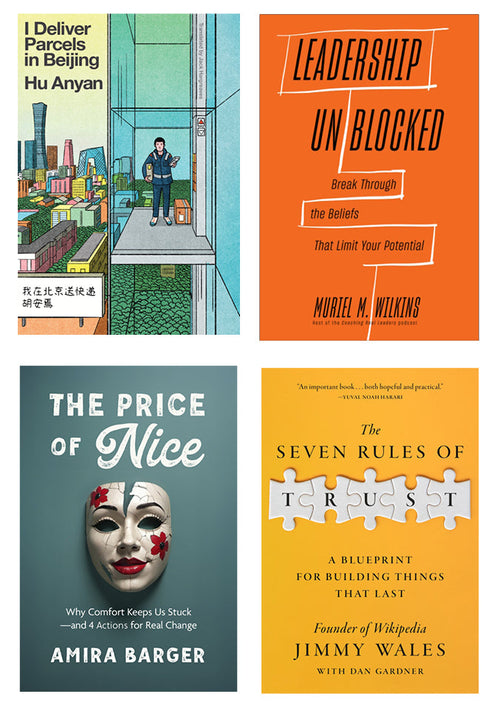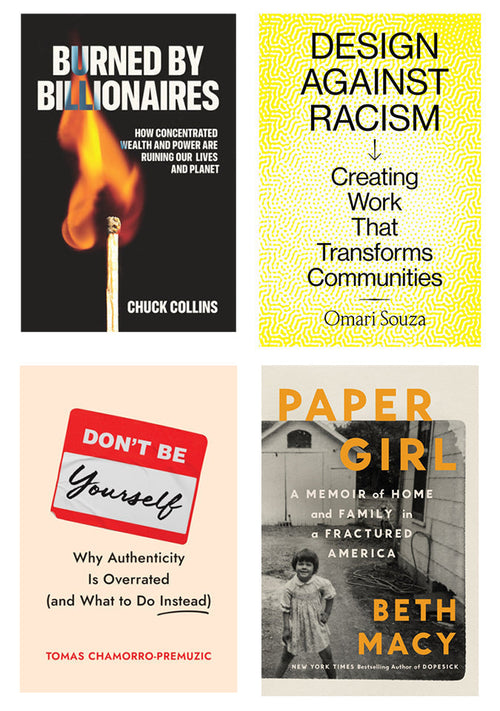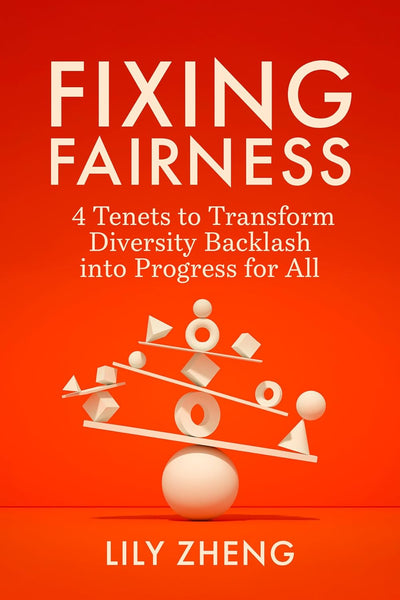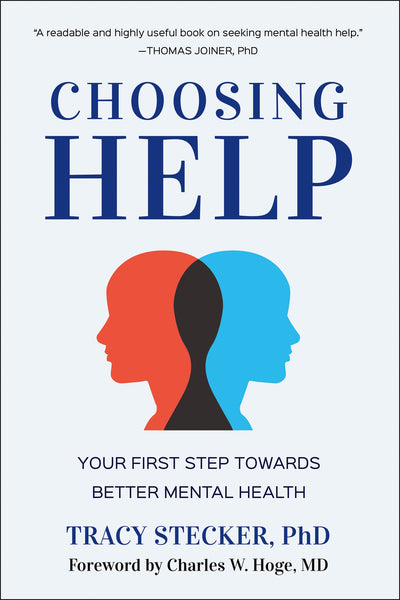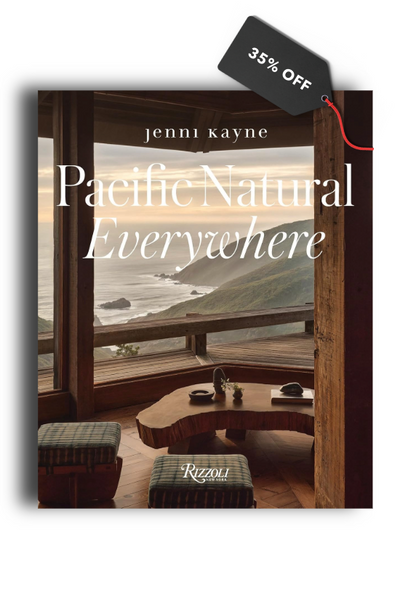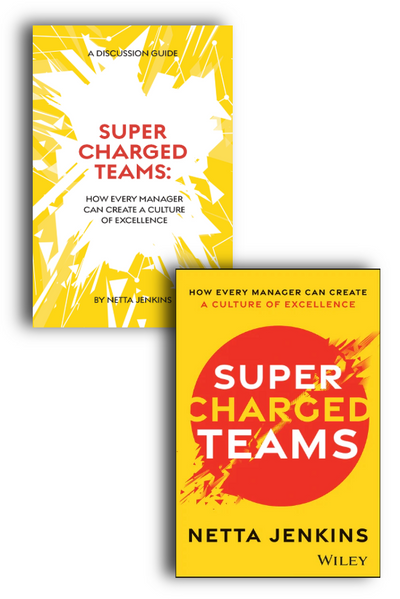Books to Watch | February 9, 2021
Each and every week, our marketing team—Editorial Director Dylan Schleicher (DJJS) & Digital Marketing Specialist Gabbi Cisneros (GMC)—highlights a few new books we are most excited about.
This week, our choices are:

Dress Codes: How the Laws of Fashion Made History by Richard Thompson Ford, Simon & Schuster
Fashion always changes with the times. I mean, just last week, we had a small outdoor gathering with two of my daughter’s best friends for her eighth birthday, and as my wife and I talked with their mothers, we discovered we’ve all taken to sometimes wearing comfy clothes to bed that we know we can continue wearing until we have to change for bed the following night. Somehow, this trend has not seemed to decrease the amount of laundry I’m doing on the weekend, but that is an investigation for another time. Today, I want to discuss something more serious: the sartorial sagas and sensibilities revealed in Richard Ford Thompson’s brilliant new book, Dress Codes. Like our choices in clothing, it gets weird:
For instance, during the notorious Straw Hat Riot of 1922, marauding gangs in New York City violently enforced the rule that no man should wear a straw hat after September 15, knocking offending headwear off the heads of passersby, stomping on hats and impaling them on pikes.
That seems rather extreme, but it turns out to be pretty light fare for the history of fashion. And though they may seem like an anachronism today, Thompson Ford explains how dress codes are “if anything … growing more and more popular.” Some, like the prescribed attire for black-tie events, are formal. Others, like those in every American subculture from professors to punk rockers, are unwritten, yet violating them will still result in far more than a side-eye socially. But why? Why are the rules, even when unwritten, so socially powerful—to the point that some fashion trends are akin to, and a part of, political movements? And what are the rules now, when many of our personal interactions and professional meetings are virtual? Well…
Dress Codes will answer these questions and many others, exploring the laws of fashion throughout history to uncover the personal, social, and political significance of clothing—our most intimate and most public medium of self-expression.
What may feel like it’s going to be a breezy romp through a light topic at first becomes one that is as profound as the issues we face today—defending the values of classical liberalism, and the value of a human life no matter what the body that life comes in may look like, or how much what humans choose to cover it with might upset the status quo. (DJJS)
Hungry Hearts: Essays on Courage, Desire, and Belonging, edited by Jennifer Rudolph Walsh, The Dial Press
As Porchlight has addressed before in its choices for the best Narrative and Biography books of 2020: "books are not meant to provide solace and comfort alone, but also to challenge us, to get us out of our comfort zone and see the world through others’ eyes, to confront the status quo and the perils of returning to “normal”—if this is what normal looks like." This is why essays, memoirs, autobiographies, and creative nonfiction works can feel so important, especially while the world is undergoing major changes in how we communicate and interact. Each one may be about a single person's experience, but together, these narratives connect readers with the big picture: we are all part of diverse communities of struggles and stories.
We should all make an effort to see one another's struggles more clearly, even when we can't completely understand what those experiences are like. It's often difficult to find outlets that highlight diverse voices, but this is where Hungry Hearts and its authors come in.
Jennifer Rudolph Walsh edits this collection of expertly written essays by Luvvie Ajayi Jones, Amena Brown, Austin Channing Brown, Cameron Esposito, Ashley C. Ford, Natalie Guerrero, Sue Monk Kidd, Connie (MILCK) Lim, Nkosingiphile Mabaso , Jillian Mercado, Priya Parker, Bozoma Saint John, Michael Trotter Jr., and Blount-Trotter Tanya. The essayists tackle inclusion across many spectrums: They wonder about women's freedom (or lack thereof) to live out loud. They scrutinize their internalized ideas about who is allowed to have and apply ambition and who is not. They guide us through their thought processes as they struggle to accept the ends and beginnings of all types of relationships, with themselves and with others.
There are plenty of new perspectives for you to become aware of in each of the narratives, but you'll also find many embarrassingly relatable parts of your own experiences in these essays. For me, it feels like an immense exhale to see myself reflected in another person's life. No matter how different our backgrounds and daily experiences may be, strangers paths cross more than you may recognize. But it's essential we start to recognize these shared experiences! As Rudolph Walsh writes in her introduction: "I believe that sharing my full humanity honors you, in your full humanity." (GMC)
The New Normal: A Roadmap to Resilience in the Pandemic Era by Jennifer Ashton, with Sarah Toland, William Morrow
We are all dealing with a profound sense of loss and grief. Even if we have so far escaped the worst of it, losing a loved one or the way we made our own living, the coronavirus has hit us all hard. It seems nearly impossible to tally what we’ve lost or imagine what life will look like on the other side. And the truth is that we may not be able to do either, because human suffering is incalculable and it seems increasingly likely that we are not going to see anything like “the other side” of this virus—that, even with the vaccination efforts, we’ll have to learn to live with it among us and manage it for the foreseeable future.
Jennifer Ashton, as both a practicing doctor living and ABC News’ chief medical correspondent, has had a particularly up close look at the spread of the disease and its effects.
I’ve never seen anything like it before—no one has. The coronavirus pandemic is the greatest single story of our lifetime. Nothing in my career as a doctor or medical correspondent has even remotely approached the COVID-19 narrative in terms of its social, medical, economic, political, physical, mental, and emotional fallout.
Ashton makes the comparison to 9/11, and how “If you’ve flown on a plane in the last twenty years, you know that travel never went back to ‘normal’ afterward.” It is likely to be the same with COVID-19, except that there are likely to be lasting changes in nearly every area of our lives, ones that will continue to alter our everyday lives.
But there is reason for hope, “because we’re all grieving together—and getting over it together.” And in that, we can find our most vital human resource: our resilience. Because we’re living through this together, we can emerge stronger together. “The human spirit,” Ashton asserts, “has never been stronger.” So, yes…
The coronavirus outbreak has been brutal, but the changes it’s inspired don’t have to be. Our new normal is a different place, to be sure, but it can also be a good one.
Rather than bogging us down in the medical details (though plenty of those are provided), Dr. Ashton provides a big-picture perspective that will remain useful even as the details change—as they have been and will continue to. We are all experiencing pandemic fatigue, but we are also learning how to take care of ourselves and each other in our decidedly new normal. Which is good, because a return to our old normal isn’t an option. Things will be different but, as The New Normal reminds us, we still have the capacity for laughter and love, gratitude and hope, and to be our best selves even in the worst of times. (DJJS)
Under a White Sky: The Nature of the Future by Elizabeth Kolbert, Crown
It's been seven years since Elizabeth Kolbert published the Pulitzer Prize-winning The Sixth Extinction, and if you, also, were fearful of facing the harsh realities of our dying planet in 2014, I think 2020 has prepared us to start doing the hard work sooner rather than later.
While the book may be broken up into 3 sections (Down the River, Into the Wild, and Up In the Air), what you learn from each chapter heavily impacts how you comprehend the next. It's essential for the survival of our planet to take the past into consideration as much as it is to be mindful of the immense collective weight of our current actions. And I was particularly surprised in the first few pages since she begins with a case study about electric barriers set up since 2002 in the Chicago River, less than two hours from where I live in Milwaukee, WI. A good reminder of how little we know about the many "small" events affecting the bigger picture for our planet.
Humankind has tampered with, disturbed, or otherwise impacted every ecosystem on Earth, and Under a White Sky illustrates this from the ground up: We follow Kolbert in her research expeditions through the coastal plains of Louisiana, the Devils Hole cavern of Death Valley, coral breeding tanks abutting the Great Barrier Reef, a drilling operation atop two miles of ice and thousands of years of history in Greenland, and more. This paragraph does a good job of reflecting the complexity of our planet:
The Great Barrier Reef might be thought of as the ultimate 'entangled bank.' Tens of millions of years of evolution have gone into its creation, with the result that even a fist-sized piece of it is unfathomably dense with life, crammed with creatures 'dependent on each other in so complex a manner' that biologists will probably never fully master the relations.
Reading Under a White Sky is a practice in expanding our perception of the world around us. Kolbert is expert at including the histories of each area in a very organic way; it's not just learning facts, it's seeing what humans have done before as well as the futuristic science and technologies that are our attempts at redefining humanity's forceful hand in the planet's health. Under a White Sky is not an argument for you to recycle more or carpool to work, it is the presentation of humans' fingerprints on the Earth and a question about how far we should, we will, we must go (electric barriers in river canals, genetically modifying animals to die or to survive, purposely obstructing sunlight with chemical compounds) just to survive. (GMC)





